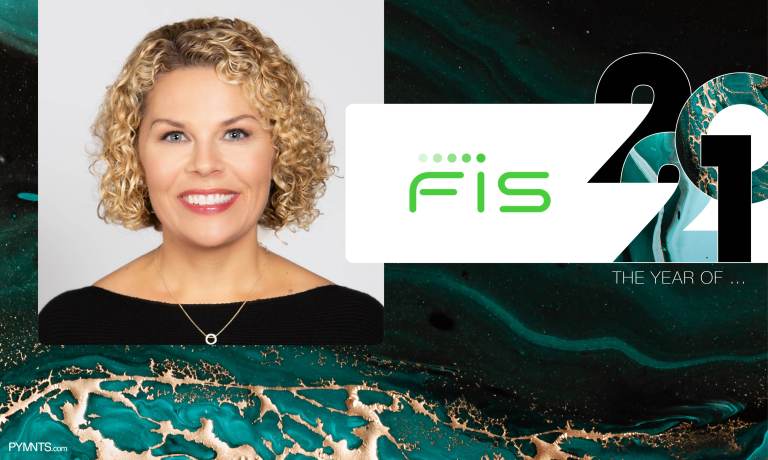
Financial institutions stepped up to the challenges of 2021, says Kelly Beatty, executive vice president and head of payments at FIS, meeting changing cardholder demands with future-proof tech and flexible payments solutions. Read her thoughts in the PYMNTS eBook, “In a Word: 50 Thought Leaders Sum Up 2021.”
Like 2020, this past year presented a great deal of challenges. I was incredibly proud to see companies around the world step up to these hardships and turn them into opportunities, though. For example, the acceleration of digital solutions and shifting consumer behaviors changed the rules of the game. That’s why financial institutions (FIs) are now seeking to offer seamless digital experiences to meet their cardholders’ demands and innovate with agile, flexible technology that’s future-proof.
This shift to digital is happening at a pace faster than anyone would have guessed 24 months ago. According to Accenture, 68% of banking executives said the pace of digital transformation is accelerating faster in banking than in other industries, and 50% of banking consumers worldwide use a mobile app or website to connect at least weekly with their financial institution.
In addition, consumers now demand more flexibility when it comes to how they pay for high-priced items. Buy now, pay later (BNPL) is one of the many technologies that caught popularity over the past several years, especially during the hard economic times brought on by the pandemic. Though the idea of this technology is not particularly new, its rise in popularity among FIs, merchants and consumers is quite noteworthy.
In fact, according to the Buy Now, Pay Later Market Size and Trends Report by Grandview Research, BNPL payments schemes are set to more than double in payment market share growth by 2024, making it the fastest-growing payment option. The simple concept of being able to buy large-ticket items and pay for them over time is one that benefits everyone in the payments ecosystem. This has led to cardholders making more expensive purchases, increasing the average order value while capturing fees and interest revenue for the issuers. Merchants also benefit from BNPL, as the technology helps increase sales volume and conversion rates by providing payment flexibility for high-priced items that may otherwise get left in a shopper’s online cart. Finally, consumers receive the largest benefit, because they now have options at the point of sale that will allow them to make the most informed financial decision when it comes to buying a high-priced item or paying a large grocery bill.
The key to organizations capitalizing on this transformative time in history is perseverance. As mentioned before, the challenges that have appeared in the wake of the pandemic and economic hardship create opportunities for companies to innovate and transform themselves. Naturally, this process can be an arduous one. That’s why I believe perseverance and transformation go hand in hand. Companies that can sustain innovation during times of change truly have the best chance to set their brand apart and become front-runners in their industry.